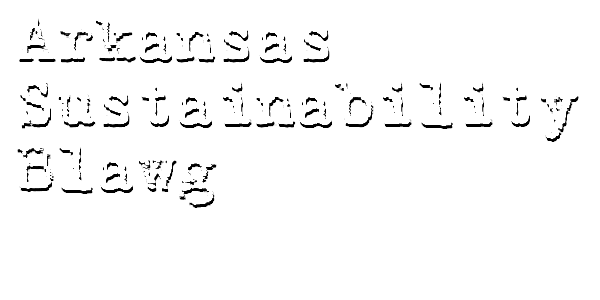- Use with projects in connection with Arkansas’s Sustainable Buildings Design and Sustainable Energy-Efficient Buildings Design programs;
- Use by developers, lenders, borrowers, and investors as part of the due diligence into a commercial real estate deal;
- Use in connection with state and local laws that either mandate energy-efficiency performance or require disclosure of energy-efficiency performance information;
- Use in combination with energy audits (i.e., ASHRAE Level I) and other energy efficiency benchmarking efforts;
- Use by Energy Service Companies (ESCOs) for projects designed to improve the energy efficiency and maintenance costs of commercial buildings;
- Use in connection with loans or other financing for energy-efficiency projects and improvements;
- Use in connection with regulatory disclosure requirements for energy-use;
- Use in comparing similarly situated buildings in connection with the asset management of a portfolio or to evaluate potential investments;
- Use to identify potential energy efficiency retrofit opportunities to improve return on investment and to increase the value of commercial real estate;
- Use by lenders to evaluate a borrower’s ability to repay financing based on lower operating expenses due to improved energy efficiency, and to evaluate increases in the value of collateral due to energy efficiency improvements;
- Use in connection with governmental incentive programs linked to energy efficiency improvements and performance.
(Department of Credit Where Credit is Due: This list is largely drawn from a January 2011 presentation by Anthony j. Buonicore, the Chairman of the ASTM BEPA Task Group.)

No comments:
Post a Comment
I welcome your comments. By commenting on this blog, you accept the blog's terms of use. You must use your first and last name when posting, and you must stay on topic.